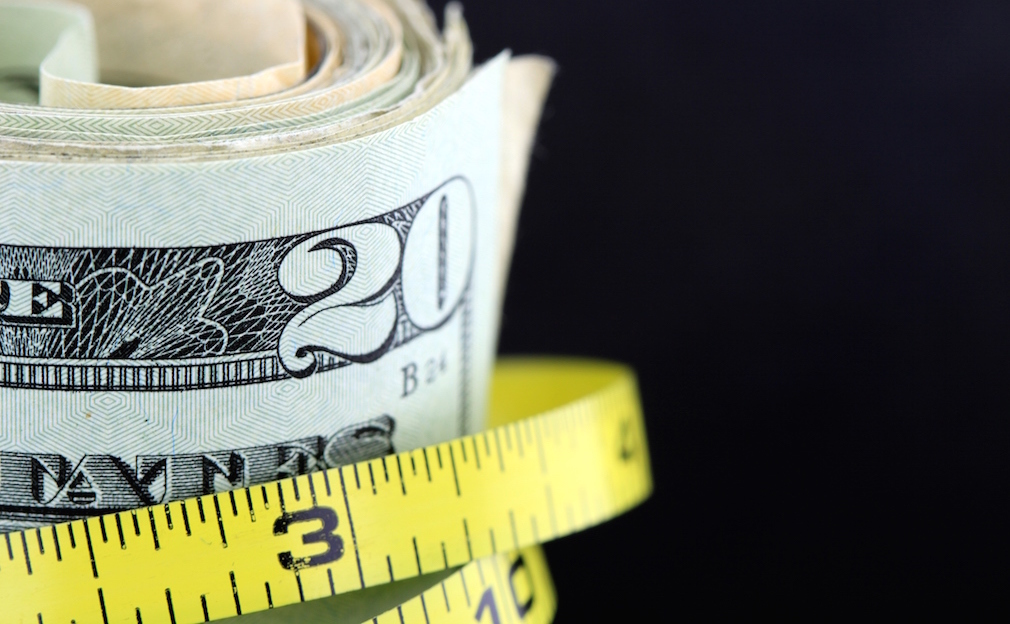The Federal Reserve’s outlook for gradual interest-rate hikes were reinforced in May, as U.S. inflation accelerated to the fastest pace in more than six years, while wage gains remained moderate despite an 18-year low in unemployment, according to an article by Katia Dmitrieva for Bloomberg.
From the article:
The consumer price index rose 0.2 %from the previous month and 2.8% from a year earlier, matching estimates, a Labor Department report showed Tuesday. The annual gain was the biggest since February 2012 and follows a 2.5 %increase in April. Excluding food and energy, the core gauge was up 0.2% from the prior month and 2.2% from May 2017, also matching the median estimates of economists.
The pickup in headline inflation partly reflects gains in fuel prices, though the annual gain in the core measure — seen by officials as a better gauge of underlying inflation trends — was the most since February 2017. While the Fed is widely projected to raise borrowing costs this week for the sixth time in 18 months, the path of inflation will figure into policy makers’ thinking on the pace of increases for the second half and in 2019.
The Fed’s preferred gauge of inflation came in at the central bank’s 2% goal during March and April, running slightly below the Labor Department’s CPI. Core prices increased 1.8% in April from 2017. Average hourly wages, adjusted for inflation, remained unchanged in May from 2017, even as nominal pay accelerated to a 2.7 % annual gain from 2.6 % in April, and production and nonsupervisory workers real average hourly earnings fell 0.1% from the prior year, and seasonally adjusted gasoline prices rose 1.7% in May, according to the article.







